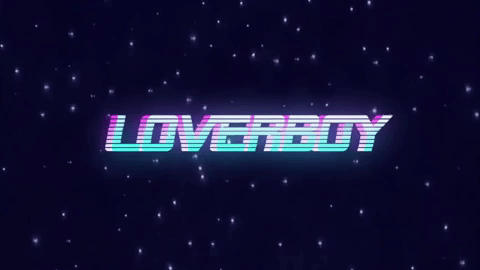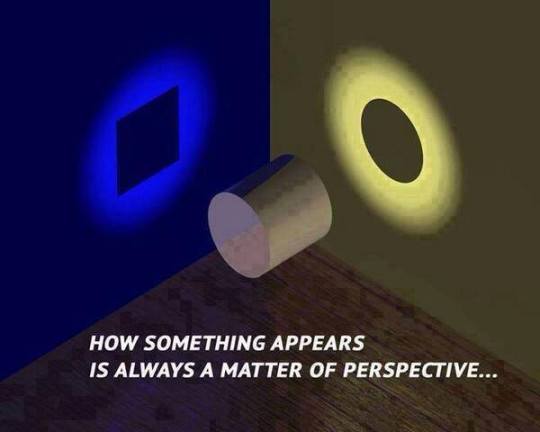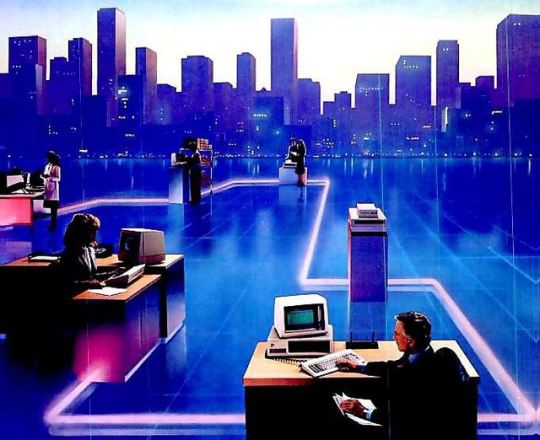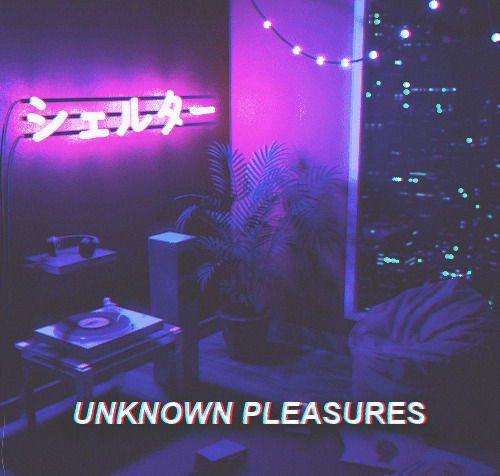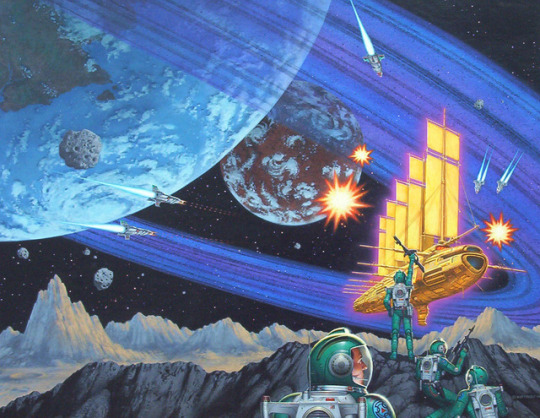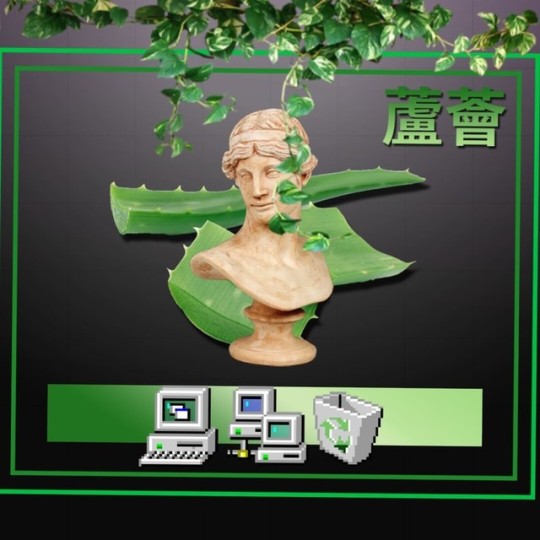I’m here to consume the aesthetics of my generation #solarpunk #vaporwave
Don't wanna be here? Send us removal request.
Photo

Art by Jeff Ridge from Space Patrol (Galactic Encounters Handbook) 1980
254 notes
·
View notes
Photo



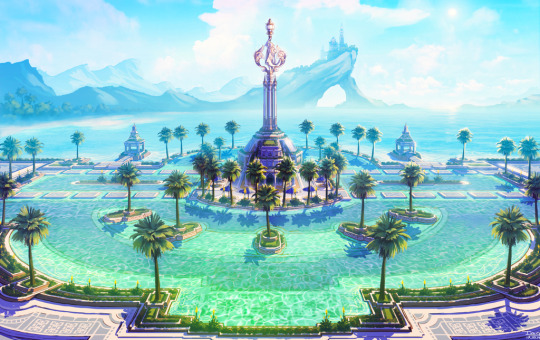
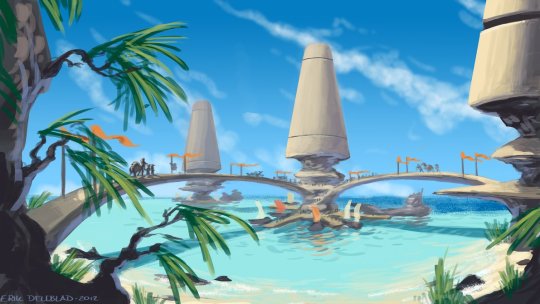




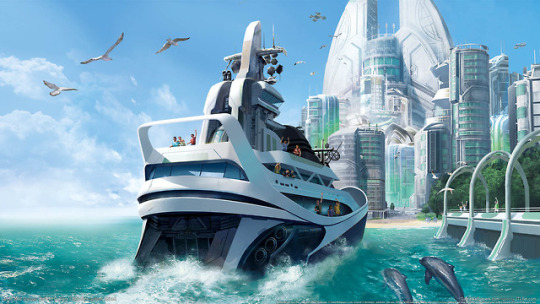
Concept: Wakandan-inspired futuristic Philippines or Neo-philippines!
7K notes
·
View notes
Text
Solarpunk, a Rocketship Ride Through Science Fiction’s Evolution, and Things to Come.
Ended up writing a crap-ton more than expected in response to the question:

So this post happened. First I’ll define the new subgenre and then look at it and the rest of science fiction’s evolution as a literary genre, play around with how each of those might address one SFnal trope (rocketships), and then reflect on how all this parallels cultural change. Whew! So, without further ado, a little essay under the cut:
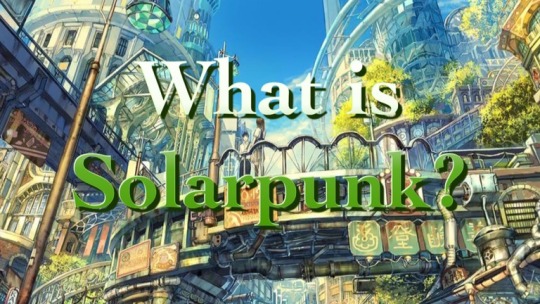
(Image from Solarpunk Anarchist)
Solarpunk is usually defined as a movement in speculative fiction, art, fashion, and activism that addresses the question, “What does a sustainable civilization look like, and how can we get there?”
The aesthetics of Solarpunk merge practical with beautiful, well-designed with organic and wild, bright and colorful with earthy and solid. Thematically, Solarpunk can be utopian, optimistic, or concerned with the struggles en route to a better world - but not dystopian. As our world trembles at the edge of calamity, Solarpunk says we need solutions, not warnings; it provides visions of how to live comfortably without fossil fuels, to equitably manage scarcity and share abundance, to be kinder to each other and to the planet we share with one another and other beings. It’s a vision of the future, a thought-experiment, a thoughtful provocation, and an achievable lifestyle.
In literature and the arts, I see Solarpunk as the optimistic face of the Cyberpunk coin. Where the “high tech and low life” Cyberpunks fought to exist within dystopian worlds run by non-human entities (corporations, artificial intelligences, and the like), Solarpunks fight to actively make their own place outside of the capitalist-imperialist system by getting off the grid, growing their own food, and otherwise separating themselves from the broader dystopian world by building their own sustainable, pocket utopias.
As opposed to what many see as Post-Cyberpunk’s surrender to the status quo and the power wielded by non-human entities (which is why I dismiss Post-Cyberpunk’s “punk-ness”), Solarpunk says that sometimes we’re forced into fighting the dominant paradigm in order to fix it, or at least we must offer alternatives. Revolution is never gentle, and times of transition are never easy.
Sometimes the Solarpunk world collapses, sometimes its model spreads, but its core, optimistic world-view says that the only long-term human future is sustainable, egalitarian, and non-capitalist.
Solarpunk is especially exciting for me as an SF writer, editor, and educator not only because of these themes and perspectives (which are close to my heart), but also because it’s the first modern science-fiction subgenre to appear this century, and that’s big news! And, in my opinion, it’s movement truest to my core definition of “What is science fiction?” which includes diversity, equality, and hope for humanity.
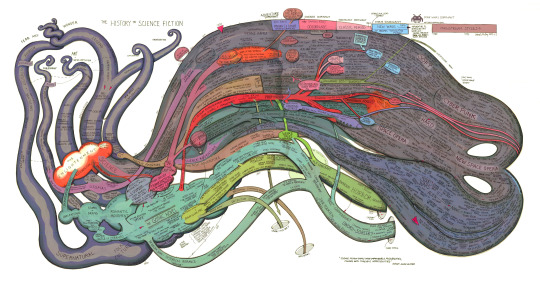
For an example of what l mean, allow me to take you on a journey, exploring the changing perspective of SF’s development (above is Ward Shelley’s amazing “History of SF” poster; mega-size image here: X) around one SFnal trope:
You want spaceships?

(Image of the Raygun Rocketship via NASA’s Yuri’s Night)
Proto-SF (from Gilgamesh to Wells and Verne):
One day we shall break our Earthly chains and ascend into the ether, where await realms unimaginable! There we’ll conquer new worlds and lend a firm but guiding hand to the primitive celestial beings in need of human rule.
Pulp Era (SF-as-a-defined-genre’s earliest phase, beginning in the late 19th Century when cheap pulp magazines made literature popular, and really taking off with Amazing Stories’ “Scientifiction” in 1926):
F*YEAH SUPER-SCIENCE WOOOO! TO INFINITY AND BEYOND!
Golden Age / Hard SF (SF’s emergence as a literature exploring [especially] scientific and technological change; greatly matured during John W. Campbell’s Astounding editorship, 1938 - 1950 [or later, depending]):
This powerful new technology enables humankind to explore, colonize, and exploit the galaxy for the good of our species or whatever we later become. Sure, aliens and robots might kick our asses until we learn how to deal with them, but human ingenuity means we’ll succeed in the end - or die trying!
Sociological / Soft SF (found a real home when F&SF and Galaxy magazines gained primacy in 1949 and 1950 and blossomed from there; themes related to “You can’t beat City Hall”):
Spaceships? Bah! Symbol of everything that’s wrong with human culture: imperialism, colonialism, primacy of STEM over humanity. Hell, they’re even shaped like *wink-wink, nudge-nudge*. The only thing they’re good for is using as metaphors. So, yeah, spaceships are real cool, man….
New Wave (a literary reaction against what came before; 1960 - early 1970s):
Spaceships? Ehhh… I think you mean crewed ICBMs. Sure. Send people to space where they’ll die starving on barren Martian plains laid waste a billion years ago when the last intelligent beings thrashed and then faded from existence. Let spacemen choke to death on their own frozen vomit in the vacuum of space, or spiral into the Sun as they lose their minds amid the vast echoing psychic drain of absolute nothingness. Sure, let’s all go! Let Mother Nature to fill our radioactive craters with mutant lushness and reduce human civilization to dust as we descend to barbarism in floating mausoleums. We deserve it. Doesn’t matter, anyhow - here, I’ll demonstrate using an abstract physics haiku that demonstrates how entropy always wins….
Cyberpunk (1970s Punk provided attitude, 1980s capitalism and corporatism provided rage, and the rise of infotech lit the creative fuse):
Yeah, great, spaceships to send corporate slaves to work offworld mines until AI makes us obsolete or wipes us from the surface of all our worlds like anti-static cloth dusting a flatscreen. Better to re-install nukes on those glorified missiles, hack the nav computers, and launch all those f*ckers at Corporate Headquarters before it’s too late. We might survive in the rubble like the rats we are, but at least our former masters won’t.
New Space Opera (an evolution of one of SF’s oldest themes, but using modern literary sensibilities that have lent it growing critical credibility since the 1990s):
Without spaceships, humankind would never have survived the Galactic Wars that vaporized Old Earth, and we certainly would never have been able to be part of Galactic Reconstruction or enjoy the Million-Year Peace.
Slipstream / Interstitial (difficult-to-quantify, non-realistic speculative fiction that mixes aspects of genres; gathered self-identity in the 1990s):
Who needs a spaceship when the squirrel who’s been watching you make eggs and grits for breakfast already knows the path through the portal to other worlds?
Posthuman / Transhuman (been around since Frankenstein, but emerges as a mature subgenre in the late 1990s as Vinge’s concept of the Technological Singularity gains traction):
Spaceships? Oh, you mean the relativistic missiles we use to seed nanofactories on distant worlds where they grow the receivers and other gear for us to transmit our consciousness into newly printed bodies. Didn’t people used to risk their one-and-only lives riding on top of slow-bombs into space? Once, as a subroutine self-instance, I socketed into a meat-body and rode a chariot into the atmosphere of Betelgeuse just to feel what it was like to die hot and fast. Downloaded that experience and woke up screaming. Once is enough for me. I know a couple septamillennians who live for that kind of shit. But they’re crazy.
New Weird (rejects the notion of codified genres per the original Weird Tales perspective most famously popularized by Poe and Lovecraft, thoroughly modern in technological understanding and literary style; revitalized via China Miéville in 2000):
Only after the Event Transition did we come to comprehend the true nature of the… things we once called “spaceships.” The Chronolaks tried to tell us in dreams that any object containing that much concentrated energy - which leaps and roars and carries us within its hard vibrating belly far beyond the safe nursery of Planet Earth - would reveal its true nature once it reached its starry home. But so few of us dreamed the right words, and fewer still recognized the writhing scream-symbols as not nightmares but a warning that could only creep into this universe through the sentient, once-impenetrable null-timespace that chasms between our two bubbles of multiverse gel. Is it better to go mad, consumed by knowledge, or to ride glorious machines to the edge of sanity - but only the edge - and remain ignorant? We’ll never know, now that the froth between realities has blended. What an age that must have been, to have believed that human hands could create such things, these universe-destroyers that draped their identity in spaceships.
…and now…
Solarpunk (grew out of 1970s ecological awareness, Cyberpunk reactionism, and contemporary scientific understanding to offer alternative, sustainable visions of the future) - two branches:
A) Spaceships naw, Earthships yeah.
B) Space elevators replaced disposable rockets for moving material and people up and down planetary gravity-wells, solar-sail transports and ion-rockets enabled Earth to grow lush again as we conduct what little mining and other resource-gathering on asteroids and other lifeless worlds, and the limitless power of the Sun powers all our tech. Public-utility cornucopia machines produce all the food our bodies need and the stuff our imaginations create. Oh, and because the vast richness of space belongs to no one, we abolished private ownership long ago, and nations exist only to simplify the democratic process (except for those weirdo hobbyist-dictators, but as long as they don’t bother anyone but each other, we tolerate them).

(Image is the Lilypad Floating Ecopolis, by Vincent Callebaut)
Now, if we’re talking cultural evolution of ideas, I think we can kind of look at these movements as paralleling generational and political change:
Early genre SF emerged during the decline of the European age of empires. It took its attitudes from those who had grown up ruling the rest of the world by using superior military and other technology that provided primacy of power, so it’s chock-full of imperialist, colonialist, racist Othering of the rest of… well, of everyone and everything that isn’t (especially) British / French / American. Ecological concerns are largely nonexistent, partly because no one thought about the concept of limited resources, species extinction, or social justice.
SF’s Golden Age paralleled the rise of US power. Technological might combined with an (ostensibly) free and democratic attitude toward individual citizens and other nations (at least this was the national story…) meant papering-over the problematic aspects of the SF that came before. Greater wealth and leisure for the Middle Class also meant more time to study literature and the arts, so the genre matured a great deal. But the internalized problematic attitudes from days gone by remained, glossed over by Technicolor notions of fairness and equality. The Baby Boomers came of age during this time.
The New Wave and Sociological SF appeared during the Civil Rights movements of the 1960s. Just like the Boomers who grew up alongside it, most of these practitioners soon learned that you can’t make a living fighting The Man, and either remained niche (think J.G. Ballard in SF, and hippie communes in culture) perished, or added their influence to the mainstream of SF or general culture. I see most of these subgenres’ lingering influence in the New Weird, Slipstream, and Interstitial lit, largely authored by Gen X, which sees through and rejects the lies their parents believed and tried to perpetuate.
Cyberpunk paints the world dirty, polluted, ruled by selfish, profit-driven masters or soul-less machines. It rejects the exploitation-based culture that arose with the Industrial Revolution and reached peak problematic-ness with Late Capitalism. It says, “F*ck the system, I’m opting out except for when the system threatens me and mine. Then watch out you bastards, we’re coming after you.” Cyberpunk first appeared as Generation X reached maturity (largely written by their older siblings and parents who were disillusioned Civil Rights activists). Gen X took this and evolved it into today’s Trans- and Posthuman SF and other modern forms that look and act a lot like the originals, only with less anarchy and more modern sensibility.
Modern SF came of age with the Millennials, and reflects their diverse and often less-than-optimistic perspective. The children and younger siblings of Gen X, the Millennials watched the futility of aimless rebellion, absorbed some of their elders’ hopelessness, and face a world that appears headed toward dystopia. Cyberpunk taught them (and the genre) that the best you can hope for under the rule of prior generations is survival among the crumbs of the rich and powerful, though the New Space Opera and other far-future stories provide post-postmodern dreamspace.
But now we’re getting Solarpunk as a new generation comes of age. Like the literature, they’ve grown up in an information-rich environment with a fully developed set of tools and tropes to use to build their unique visions. The internet provides perspectives from every culture around the world, and it’s just as simple to find fodder for new ideas as arguments against obsolete ideas. They learned that putting up with crap only leads to a worsening of the situation. They also learned that grassroots rebellion is powerful. You don’t need to overthrow the rulers, or beat the corporations at their own game. You don’t need to ascribe to the bigotry that pollutes older generations. You don’t need to opt out to create a new space. All you need is good communication, fresh ideas, and a willingness to cooperate to create bubbles of sanity. Soon enough, all that came before will fade, old ideas will die with the old, and if you have built the framework for a better future, you can make it happen. Be patient but get to work. Ignore toxic culture but speak out when you can. Invest in a sustainable future; if the rest of the world chooses to consume itself, you’ll emerge from the green spaces and reclaim what remains in the rubble.
So, yeah, Solarpunk is just as political as Cyberpunk, only optimistic.
You don’t have to be bleak and hopeless to hate the current capitalist-imperialist system and want to create a separate space to exist outside of it - or to create a revolution to change it.
Solarpunk lights the way forward. This is why I’m so excited to see it emerging! It’s not only the newest stage of SF’s evolution, it points the way toward a better future.
349 notes
·
View notes


